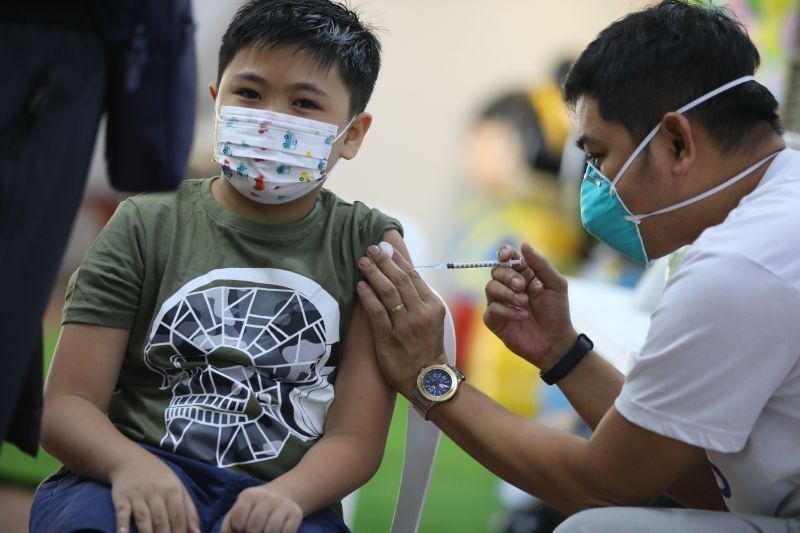DOH: All regions at high-risk for measles outbreak

MANILA, Philippines — All regions in the Philippines are at high-risk for measles outbreak, the Department of Health said Friday as it urged the public to get immunized against the disease.
DOH Epidemiology Bureau Director Alethea De Guzman said this is because of low immunization coverage and detection.
“So we need to improve not only the vaccination [coverage] but also the surveillance for measles,” De Guzman said in a briefing.
The Philippines has recorded 489 measles and rubella cases since the start 2022. The figure is 167% higher than the infections recorded during the same period in 2021.
De Guzman said that children below five years old comprised 62% of measles cases. Over 1.6 million children were unvaccinated against measles and vaccine-preventable diseases in 2021.
The country is still controlling the spread of the highly-contagious disease after an outbreak was declared in 2019.
“Nakikita natin na may cycle. Every four to five year tayo ay nagkakaroon ng ganitong outbreak. Kaya tayo ay nagsasabing it’s possible, there’s an impending outbreak, possibly, in the next year or two kung hindi natin mapapataas ang vaccination coverage,” De Guzman said in a virtual forum.
(We see that there’s a cycle. Every four to five years, there will be an outbreak like this. That’s why we are saying it’s possible, there’s an impending outbreak possibly in the next year or two if we don’t increase the vaccination coverage.)
But while measles and rubella cases are increasing, cases have not yet reached the alert and epidemic threshold levels for measles, the DOH official said.
Measles, according to the World Health Organization, is a highly-contagious disease that is spread by coughing and sneezing, close personal contact or direct contact with infected nasal or throat secretions.
Unvaccinated young children are at highest risk of measles and its complications.
Other diseases
De Guzman also reported that 3,890 cholera cases have been reported since the start of the year. The figure was 286 higher than the number of cases reported in 2021.
Of the reported cases, 52% were females. Eighteen percent of the cases were aged five to nine years old.
Meanwhile, dengue cases were decreasing after a peak in cases was reached in the second week of July. The DOH recorded 11,939 cases from September 4 to 17. The figure was 13% lower from two weeks before.
All regions — except Northern Mindanao, Davao region, Bangsamoro Autonomous Region in Muslim Mindanao, and Metro Manila — reported declines in infections.
The health department has so far logged 284 rabies cases this year, up by 33% in 2021. De Guzman noted these cases were also deaths.
Of the reported cases this year, 71% were men. Eighty-six percent of cases were caused by dog bites.
“Mas marami na tayong nare-report na mga kaso nitong tao na mga non-COVID diseases. ‘Yun ay possible dahil sa mas naging active na disease surveillance. Pero nakikita natin na tumaas ang risk to get these diseases as we get more mobile,” De Guzman said.
(We are now reporting more cases of non-COVID diseases. That is possible because of more active disease surveillance. But we see that the risk of getting these diseases has increased as we get more mobile.) — Gaea Katreena Cabico
- Latest
- Trending































